Ni’ihau Incident — The WWII Battle You’ve Probably Never Heard Of…
June 25th, 2024
7 minute read
In the early morning hours on 7 December 1941, waves of Imperial Japanese fighters, dive bombers, and torpedo planes attacked the U.S. fleet at anchor at Pearl Harbor in Hawaii.
These planes launched from half a dozen aircraft carriers and achieved complete tactical surprise. Several of the U.S. Navy battleships anchored at Pearl were sunk. The massive Japanese air attack also destroyed or disabled cruisers, destroyers and lesser vessels. Over the course of the attack, 2,403 Americans perished.
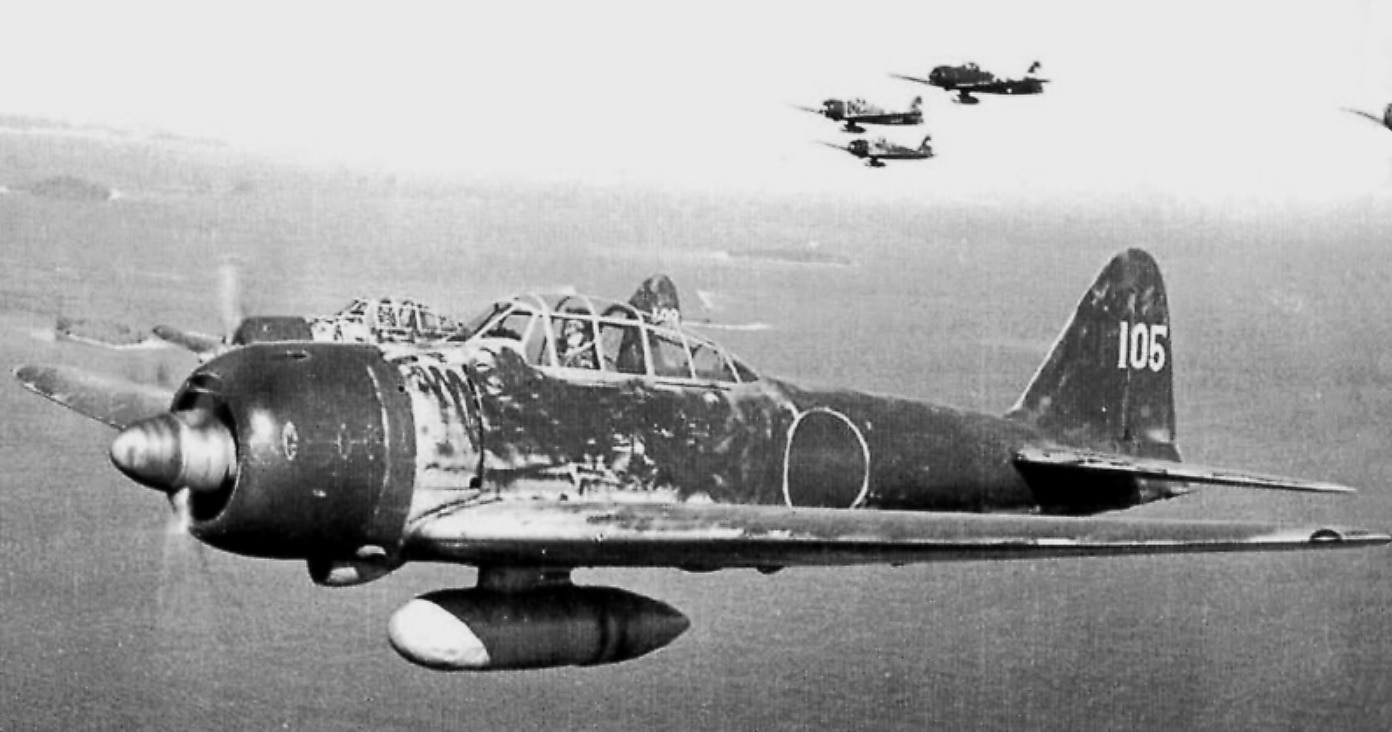
The Pearl Harbor attack was burned into the collective American consciousness. President Franklin Roosevelt famously described that fateful moment in history as a day of infamy. That horrible event defined an entire generation.
Because of its profound significance, the Pearl Harbor attack is one of the most exhaustively studied military operations in history. Countless military historians have built PhD theses around the details, and dozens of books have been penned. However, one of the most poignant anecdotes of the attack is not so well-known. This particular little war unfolded on the small Hawaiian island of Ni’ihau immediately following the infamous air attack.
The Setting
In 1864, the widowed wife of an English sea captain named Elizabeth McHutcheson scraped up $10,000 cash and purchased the island of Ni’ihau from the Kingdom of Hawaii. That would be about $200,000 today. That turned out to be a pretty solid investment. Ni’ihau is the seventh largest island in the Hawaiian chain and remains in private hands to this very day.
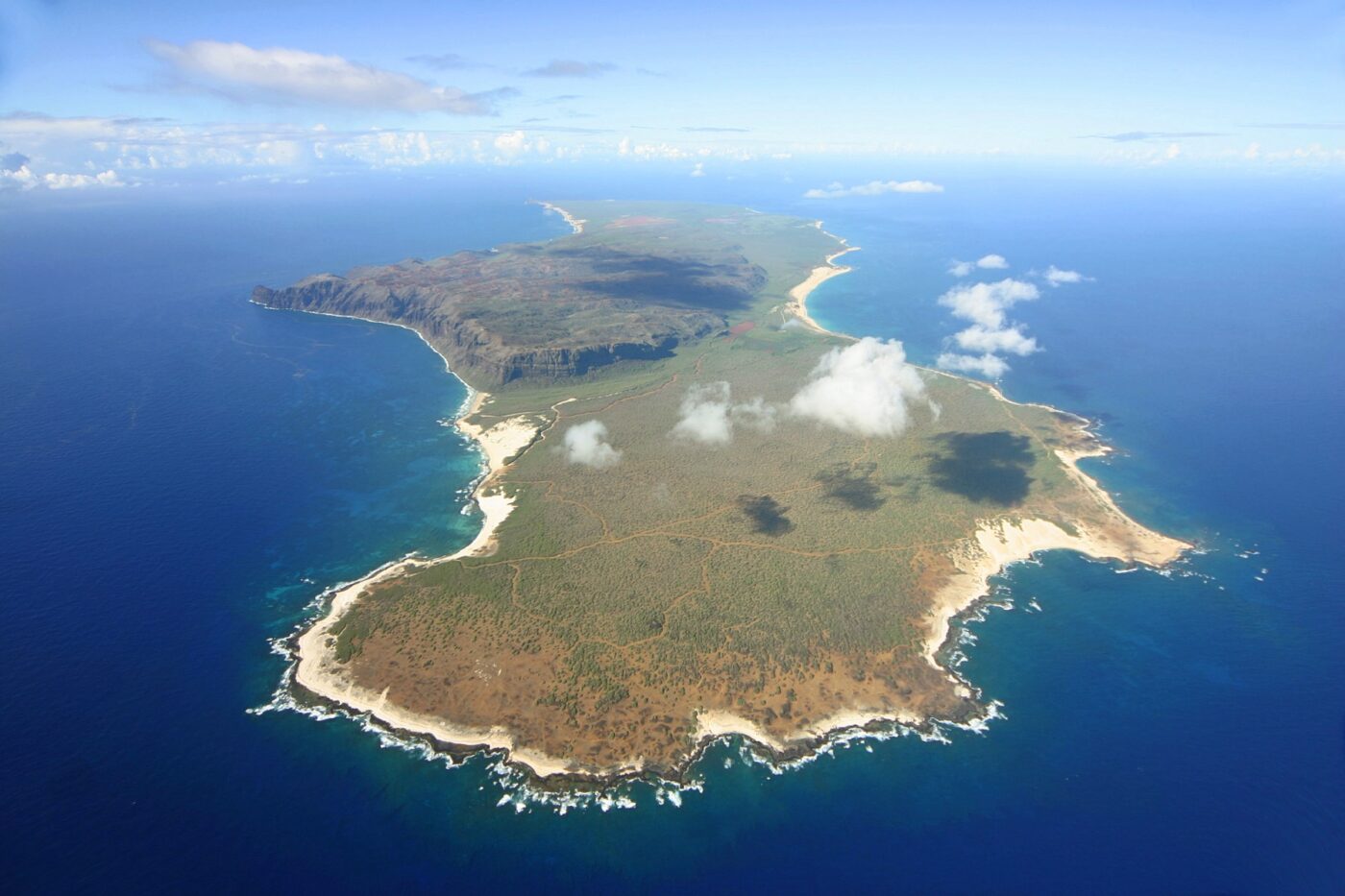
In 1941, Elizabeth’s great-grandson Aylmer Robinson maintained possession of Ni’ihau. Aylmer was a Harvard graduate who spoke fluent Hawaiian and lived on nearby Kaua’i. Robinson made regular visits by boat to check on the 136 native islanders who populated the place. Three of those 136 native islanders had deep connections to Japan.
As Japanese war planners crafted the details of Operation AI, as the Pearl Harbor attack was called, they mistakenly assumed Ni’ihau to be uninhabited. As a result, they briefed their aircrews to consider Ni’ihau as a diversion destination if their aircraft were too badly damaged to return to their carriers safely. The Japanese intended to police up any survivors later via submarine.
The Misguided Patriot
On that fateful morning, Airman First Class Shigenori Nishikaichi launched from the carrier Hiryu at the controls of A6M2 Zero fighter B11-120 as part of the second attack wave. While the first attack achieved complete surprise, the second element dove into a proper gunfight, facing .50-caliber, 20mm, 40mm, and 5-inch anti-aircraft weapons and a host of small arms slathering the sky with death.
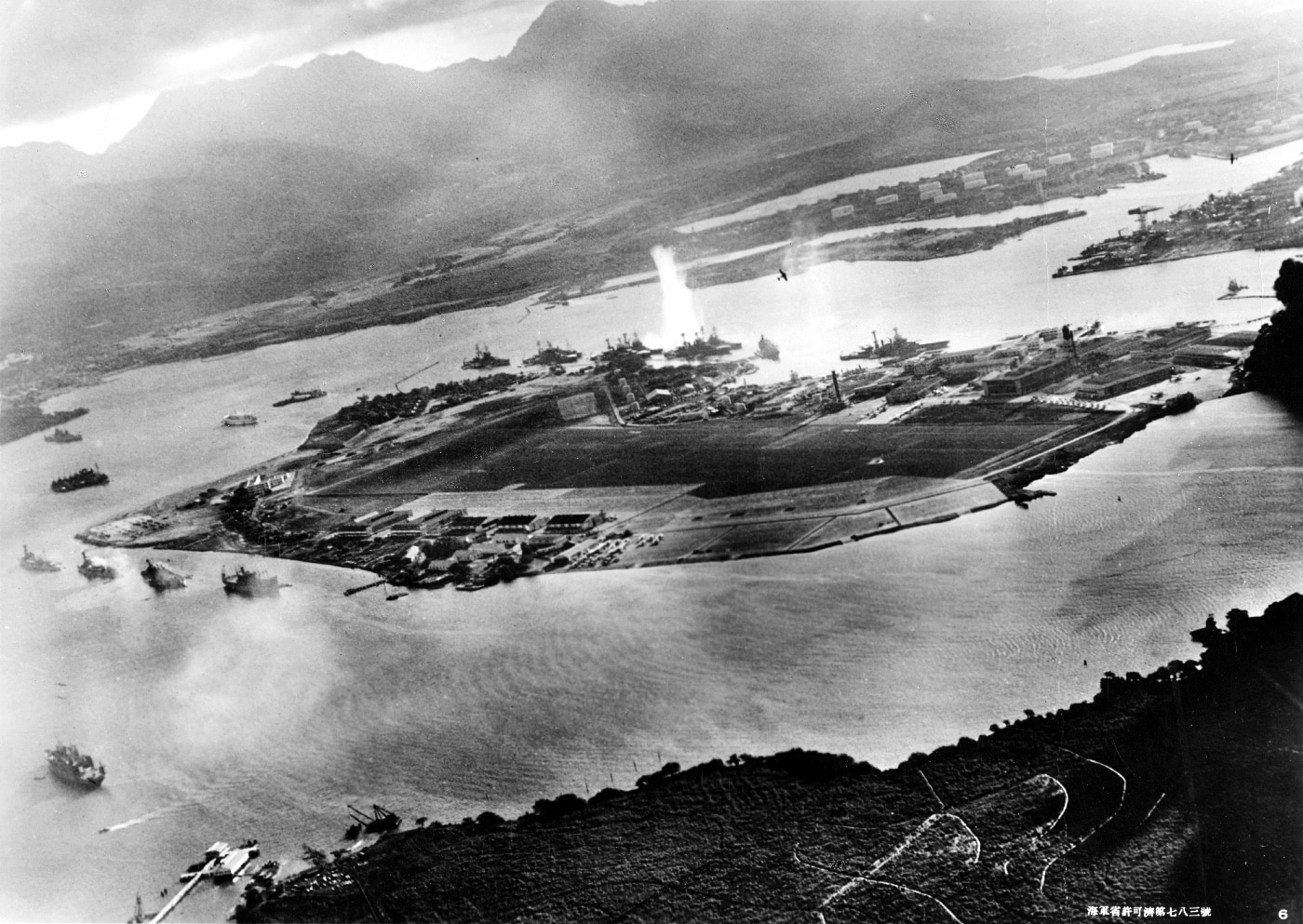
Nishikaichi’s Zero was badly shot up strafing Wheeler Field. The young pilot knew immediately that there was no way he was going to make it back to the Hiryu intact, so he diverted for Ni’ihau as he had been briefed. He skillfully crash-landed his dying fighter in a handy field. Though his Zero was thoroughly trashed, Nishikaichi was dazed but unhurt. A local man named Hawila Kaleohano saw the whole thing.
Now this was a big deal. Though we did recover a Zero fighter nearly intact in the Aleutians some seven months later, at the time of the Pearl Harbor attack the A6M2 Zero was an enigmatic wonder weapon. Fast, nimble and terrifying, the Zero could outfly and outfight any American fighter in the Pacific theater. We later found out this performance came at the expense of survivability, but that was scant comfort in the dark days of late 1941.
Things Get Weird
This was an isolated place, and news of the Pearl Harbor attack had not reached the islanders. This was also the first time that an airplane had ever crashed on the island, and everybody turned out to meet the confused young pilot. The farmer Hawila Kaleohano took the pilot’s pistol, maps and personal documents, while the rest of the islanders threw him a party.
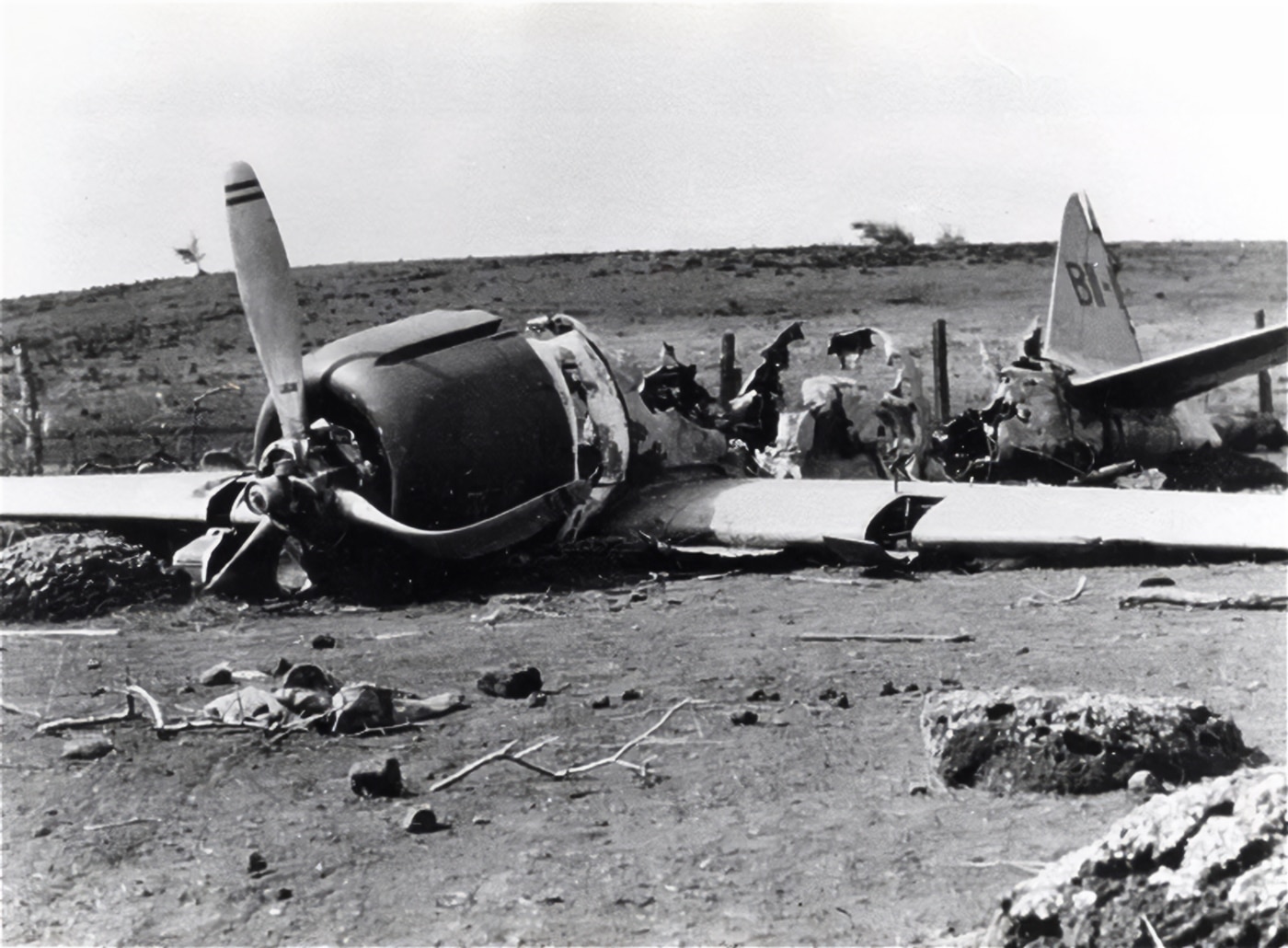
It seems fairly tragic in retrospect, but Nishikaichi put a tremendous amount of importance on the maps and attack plans he had carried in his aircraft. He felt these items to be critical to the burgeoning war effort. The young officer became increasingly energized about getting that stuff back, so much so that he didn’t really much enjoy the party. Only those three islanders spoke Japanese, so communication was a challenge. Then they got word via a battery-powered radio that the Japanese had attacked Pearl, and everything got all awkward.
The islanders took the Japanese officer captive and secured him in the home of one of the two families who spoke Japanese. Four strapping young men were assigned as guards. However, unbeknownst to the rest of the population, this husband/wife team who was hosting the captive was beginning to question their own loyalties.
Things Get Kinetic
Three of the four guards lost interest and went home. After some whispered coordination with the captive, the lady of the house fired up her phonograph to mask the racket, while her husband and Nishikaichi overpowered the remaining guard. They then retrieved Nishikaichi’s pistol as well as a shotgun. However, Hawila Kaleohano still had those critical maps.
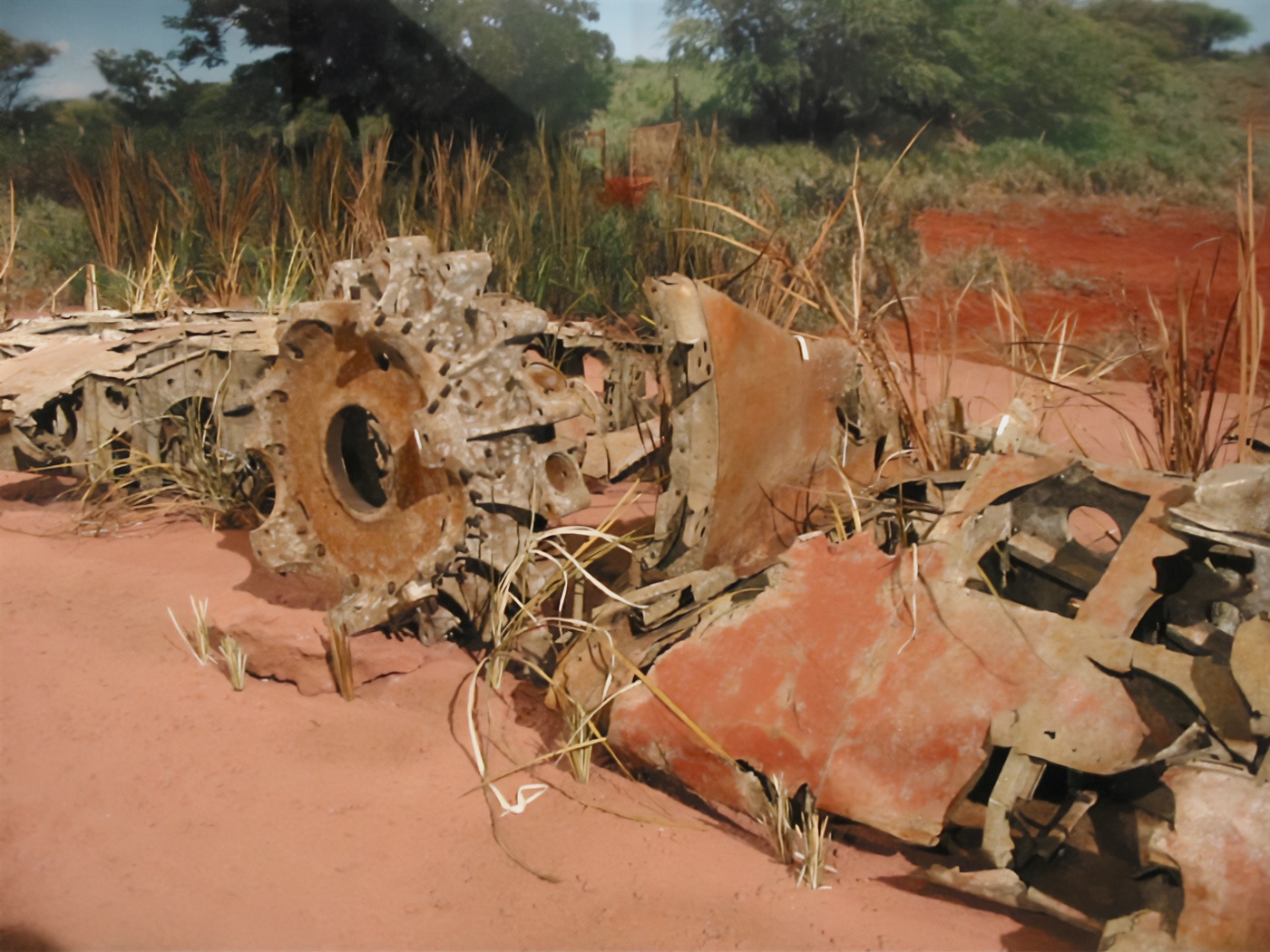
Nishikaichi and his co-conspirator went to Kaleohano’s home, arriving as the man was doing his business in the outhouse. Seizing the moment, Kaleohano fled for his life. Nishikaichi opened up with the shotgun to no effect. However, by now the entire island knew there was a war on, and it had reached their little corner of paradise. Most of the islanders went into hiding.
Nishikaichi and his new friend then returned to the crash site, recovered a 7.7mm machine gun and ammo from the airplane, and burned what was left. They then torched Kaleohano’s home in a failed effort to destroy the classified documents. Kaleohano, for his part, hopped a rowboat to a nearby island to deliver Nishikaichi’s papers to the authorities.
Nishikaichi did not realize that Kaleohano had skipped the island with his maps, so he press-ganged a local couple named Ben and Ella Kanahale to help hunt for the man. He and his turncoat buddy held Ella hostage to help keep Ben on task, but Ben’s heart wasn’t in it. When he returned to check on his wife, Nishikaichi kind of lost his mind, brandishing his pistol and threatening to kill everyone in the village. That’s when Ben Kanahele went all Jason Statham on the guy.
Things Get Real
When the moment was right, Ben Kanahele and his wife Ella jumped the distracted Japanese pilot and his politically conflicted pal. Ella leaped for the pistol, but the turncoat intervened. Nishikaichi then shot Ben three times, hitting him in the groin, leg, and belly. This just made the strapping Hawaiian sheep farmer mad.
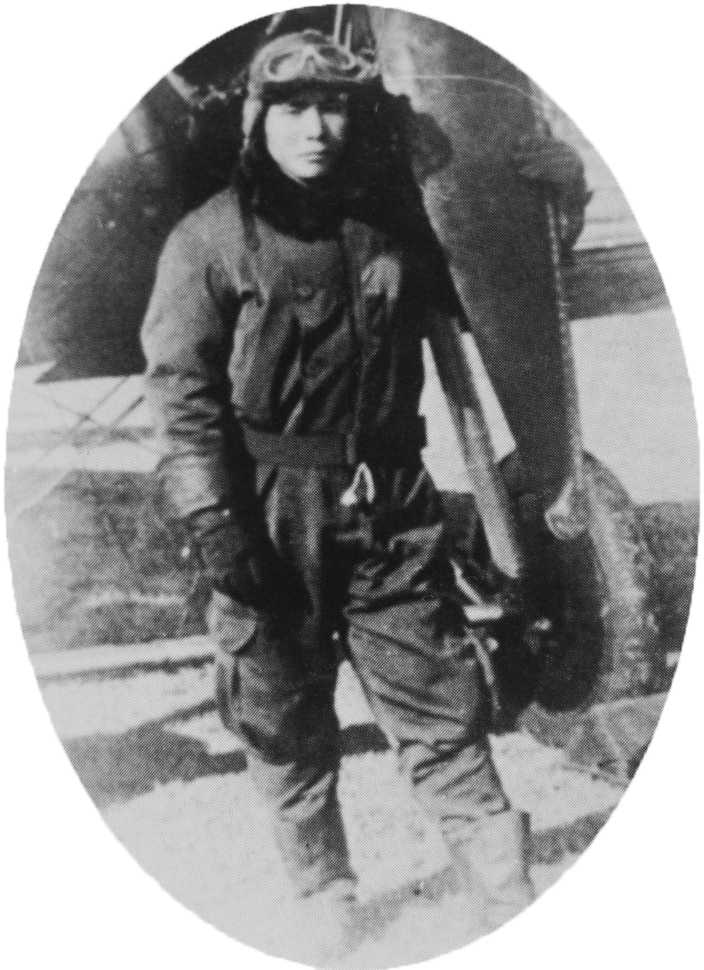
Despite his injuries, Ben lifted the flailing Japanese pilot and slammed him headfirst into a handy stone wall. Ella then smashed his head with a rock, buying enough time for her husband to cut his throat with a hunting knife. Realizing the tactical tides had irrevocably shifted, Nishikaichi’s traitorous buddy shot himself in the head with the shotgun.
Ella Kanahele grabbed the weapons and ran for help. In her enthusiasm she lost the guns enroute. The shotgun showed up after a flood some five years later. Nishikaichi’s pistol is still out there someplace.
The Weapon
Japanese pilots of this era were expected to buy their own handguns. The specific sort that Petty Officer Shigenori Nishikaichi was packing has been lost to history. While it could have been a ghastly Type 26 revolver or a comparably dangerous Nambu Type 94 autoloader, balance of probability the young aviator was packing a Type 14 Nambu pistol.
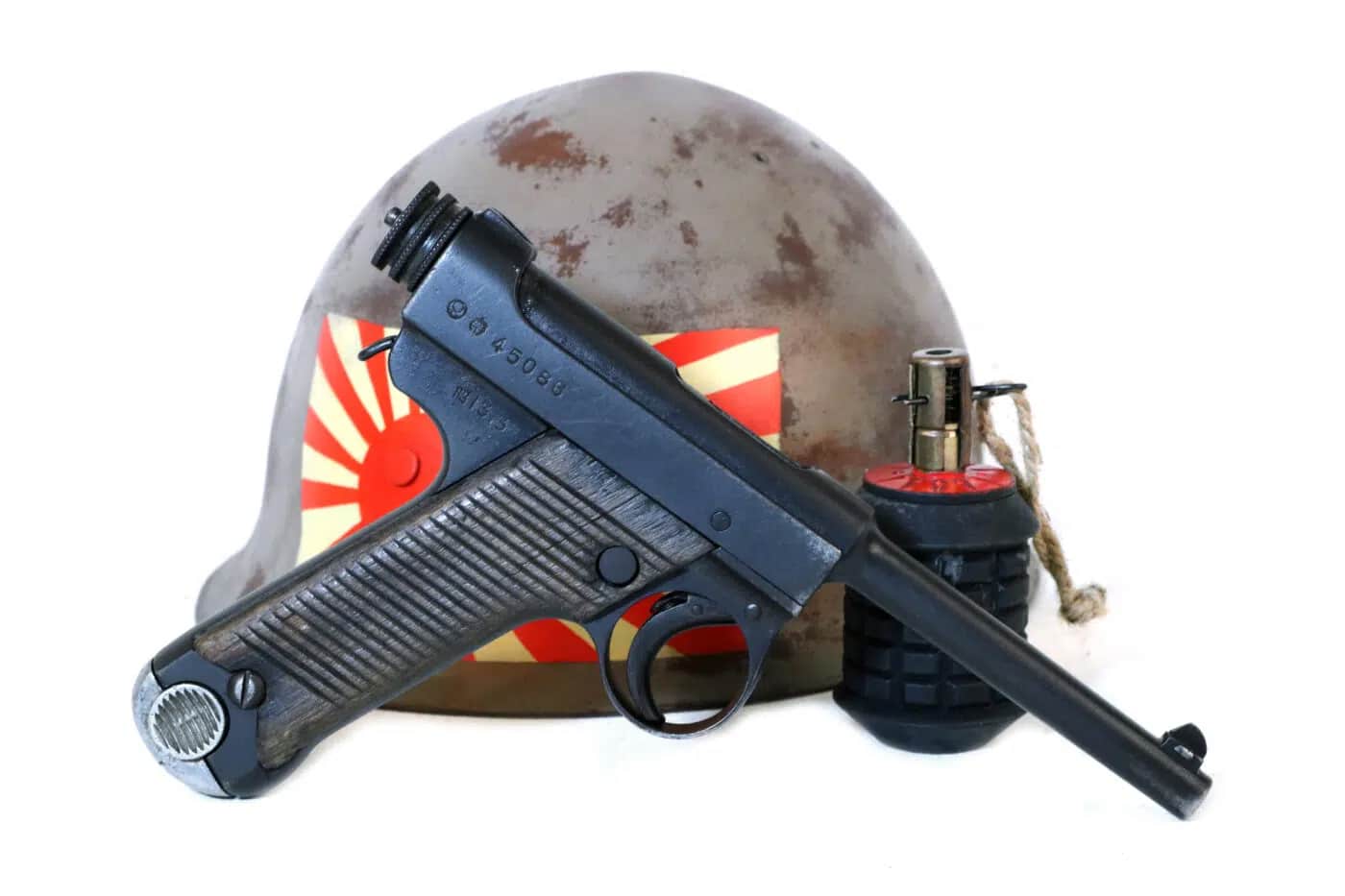
First issued in 1925, the Type 14 was a recoil-operated, locked-breech, semi-automatic handgun designed by famed Japanese gun designer Kijiro Nambu. It fired the novel but underpowered bottlenecked 8mm cartridge, fed from an eight-round box magazine. During the course of the war, some 400,000 copies rolled off the lines. The Type 14 was a prized souvenir for American G.I.s fighting in the Pacific theater.
The Rest of the Story
The co-conspirator’s widow was never formally charged with a crime, yet still spent the next 31 months in prison. Word of their decidedly un-patriotic behavior was one of the engines that drove the controversial internment of Japanese-Americans during the war. Ben Kanahele eventually recovered and was awarded the Medal for Merit and Purple Heart for killing the Japanese pilot with his bare hands. What remains of Nishikaichi’s Zero is on display at the Pacific Aviation Museum at Pearl Harbor today.
Editor’s Note: Be sure to check out The Armory Life Forum, where you can comment about our daily articles, as well as just talk guns and gear. Click the “Go To Forum Thread” link below to jump in!
Join the Discussion
Continue Reading
Did you enjoy this article?

 682
682






